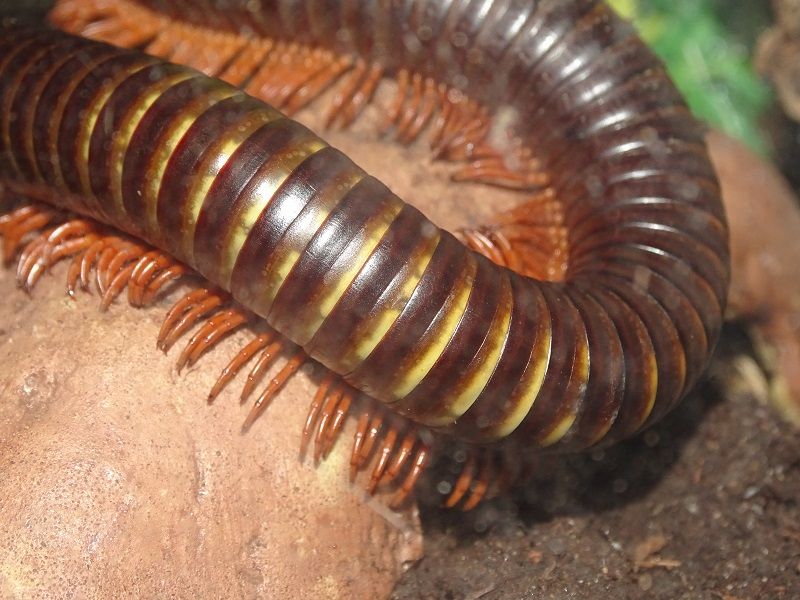Marika
Arachnoangel
- Joined
- Feb 7, 2016
- Messages
- 824
I wasn't sure so I looked at some old pics and yeah, I did have a spider plant in one of my enclosures. I have no idea how long it lasted, but obviously it died at some point, because I don't have it anymore, lol. Other than that, I've only used fake plants. Live plants would look great, but I'm not good at keeping them aliveI love when mushrooms start popping up. Have you ever put live plants in with your millipedes? I would love to have some but I don't know what is safe. I figured as long as they are in pots the roots shouldn't be an issue. I've been putting chia seeds in with them as food but really like how it looks when they sprout in my A. gigas and Florida ivories tank. I have been thinking about trying Creeping Jenny with some small species. I don't want to take the risk with my adult gigas.


















